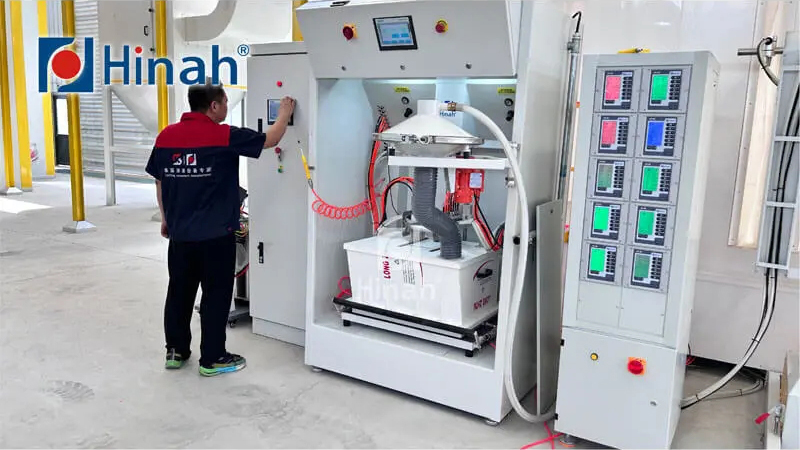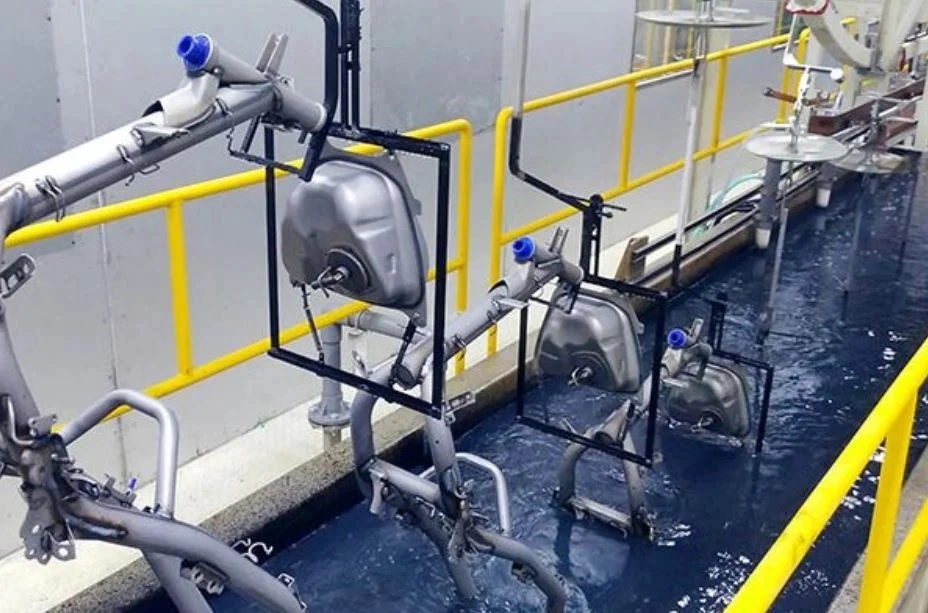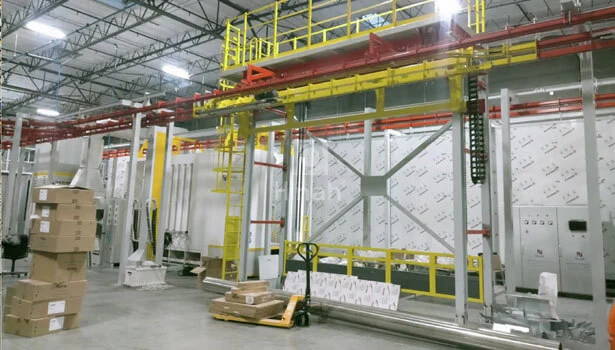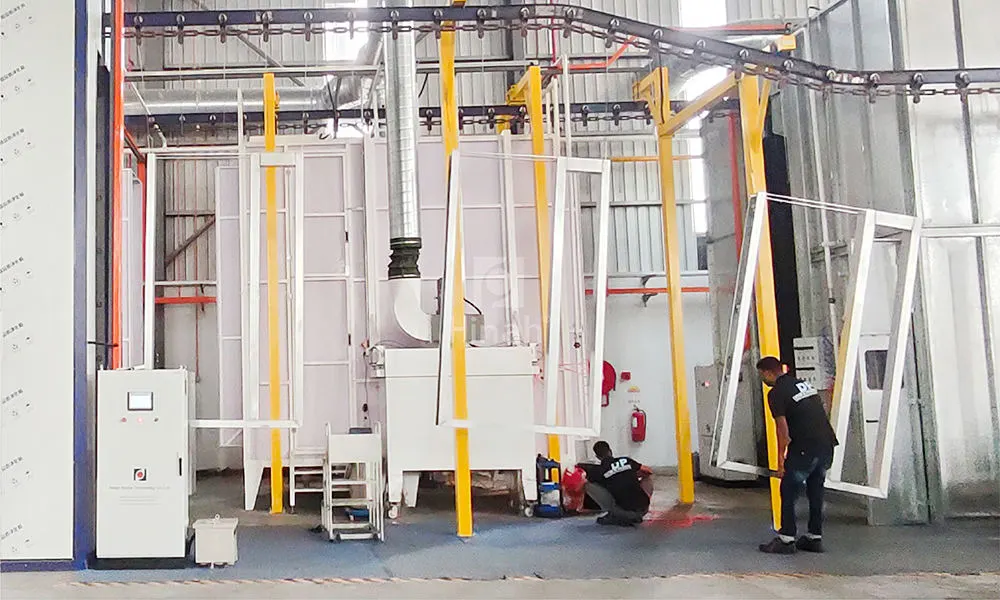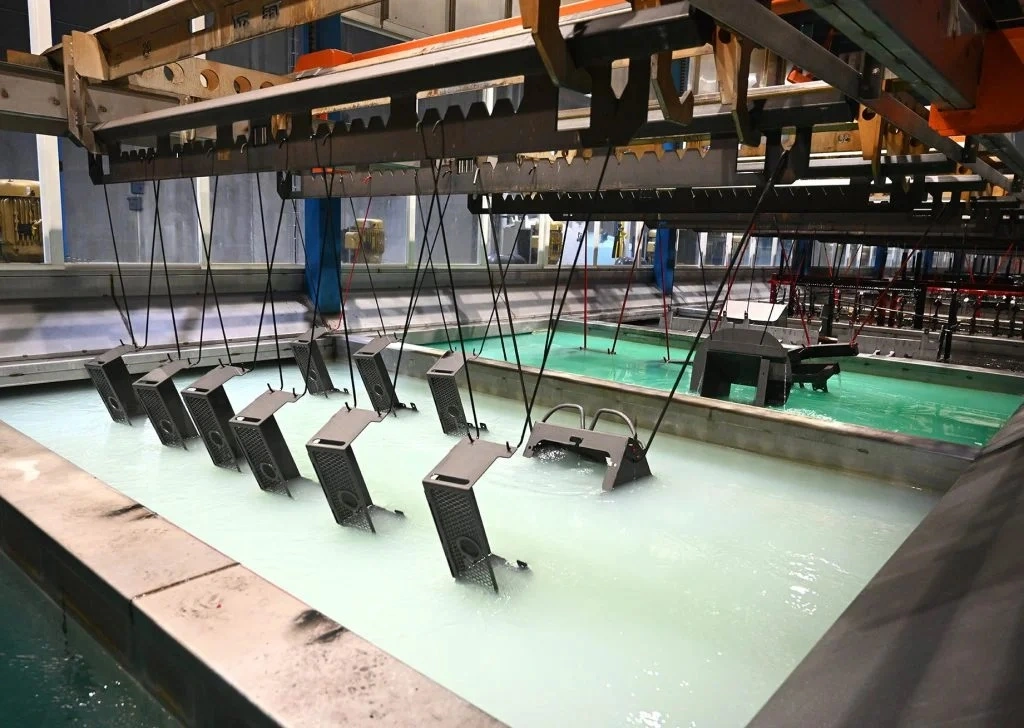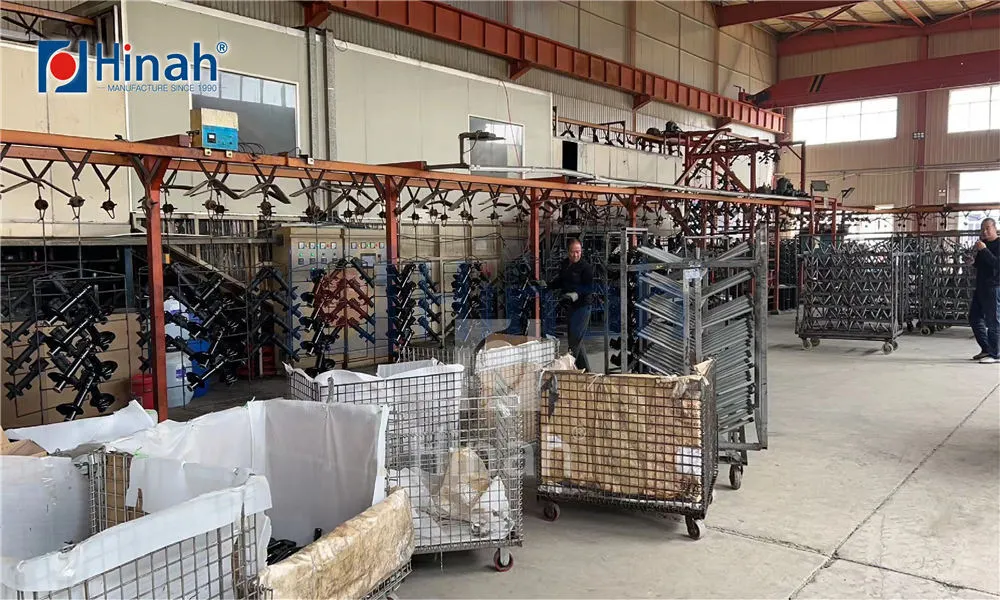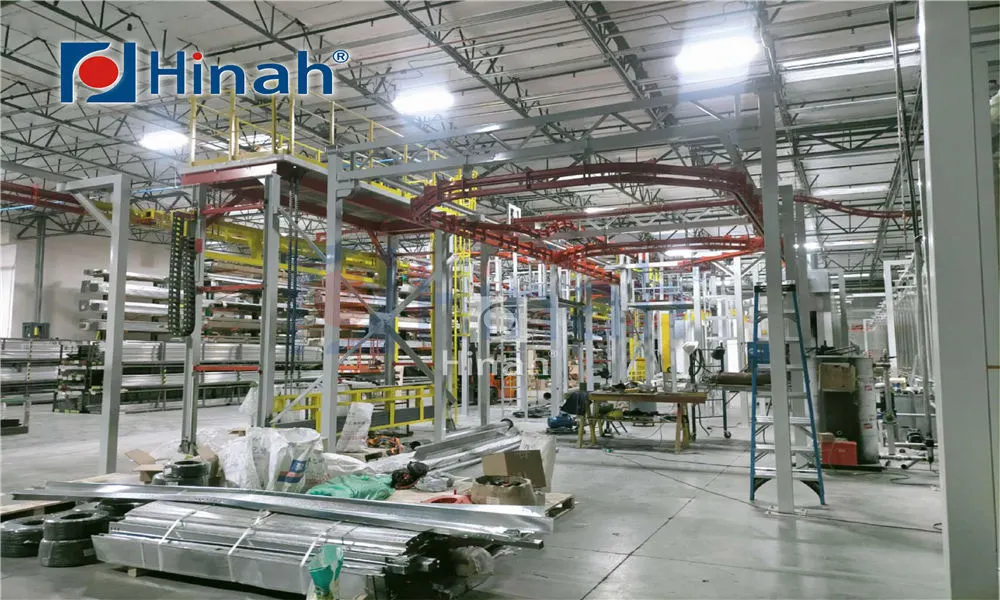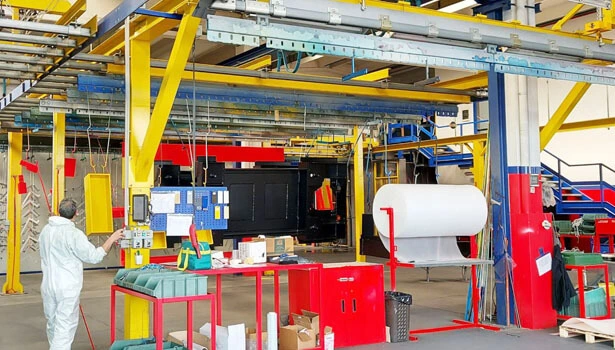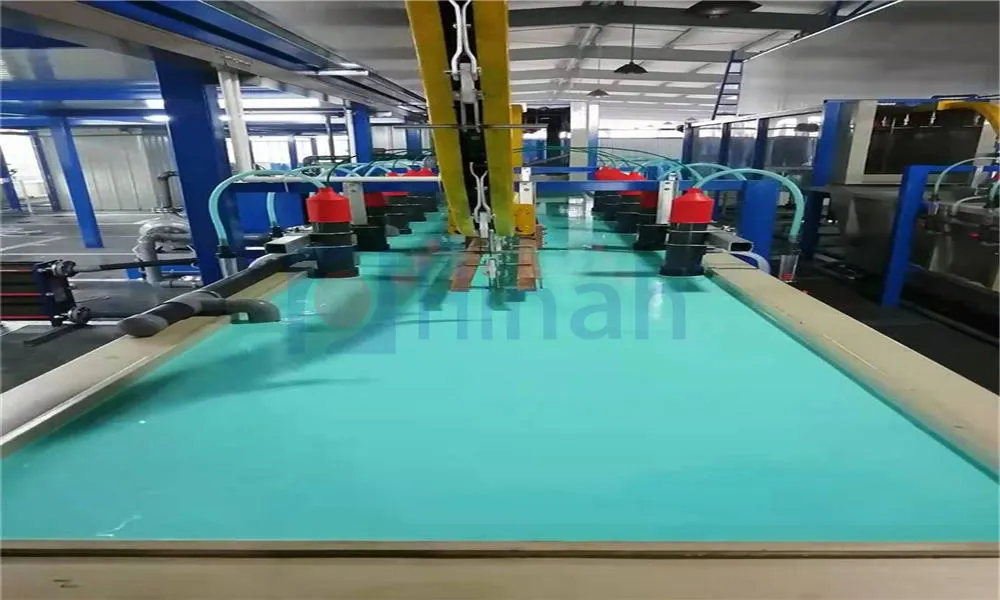In today's fast-paced industrial landscape, efficiency and consistency are paramount for manufacturing processes. One piece of equipment that stands out in achieving these goals is the conveyor curing oven. This specialized oven is designed to heat-treat products on a continuous basis, ensuring uniform curing, drying, or baking across various industries. From automotive to electronics, the conveyor curing oven plays a critical role in enhancing production lines by providing controlled thermal processing. But what exactly makes this oven so effective? In this article, we will delve into five essential aspects of the conveyor curing oven, explaining its functionality, benefits, and applications. By understanding these key elements, you can appreciate how a conveyor curing oven can transform your operations, leading to higher productivity and better product quality. Let's explore the intricacies of this vital machinery.
Understanding the Basics of a Conveyor Curing Oven
A conveyor curing oven is an industrial heating system that uses a conveyor belt to transport products through a heated chamber for processes like curing, drying, or baking. The term "curing" refers to the application of heat to set or harden materials, such as paints, coatings, adhesives, or composites. The conveyor curing oven operates by maintaining precise temperature controls and airflow patterns to ensure even heat distribution. Typically, products are loaded onto the conveyor at one end and moved through various temperature zones until they exit fully processed. This continuous flow allows for high-volume production without interruptions. The design of a conveyor curing oven often includes insulation to retain heat, energy-efficient burners or electric heaters, and advanced control systems for monitoring parameters. Whether used for powder coating on metal parts or curing rubber products, the conveyor curing oven ensures consistent results, reducing defects and rework. Its versatility makes it a staple in many manufacturing settings, where speed and reliability are non-negotiable.
Types and Designs of Conveyor Curing Ovens
Conveyor curing ovens come in various types and designs to suit different industrial needs. The most common configurations include infrared, convection, and combination ovens. Infrared conveyor curing ovens use radiant heat to directly target products, offering fast curing times and energy savings, ideal for surface-level treatments. Convection conveyor curing ovens, on the other hand, rely on heated air circulation to envelop products, providing uniform heating for thicker or complex shapes. Some advanced models combine both methods for optimized performance. Additionally, conveyor curing ovens can be categorized by their conveyor systems, such as belt, chain, or roller types, each suited for specific product weights and sizes. For instance, a mesh belt conveyor curing oven is excellent for small parts, while a heavy-duty chain conveyor handles larger items. Customizable features like multiple heating zones, exhaust systems, and programmable logic controllers (PLCs) allow businesses to tailor a conveyor curing oven to their exact requirements. This diversity ensures that whether you're in food processing or aerospace, there's a conveyor curing oven designed to meet your production challenges.
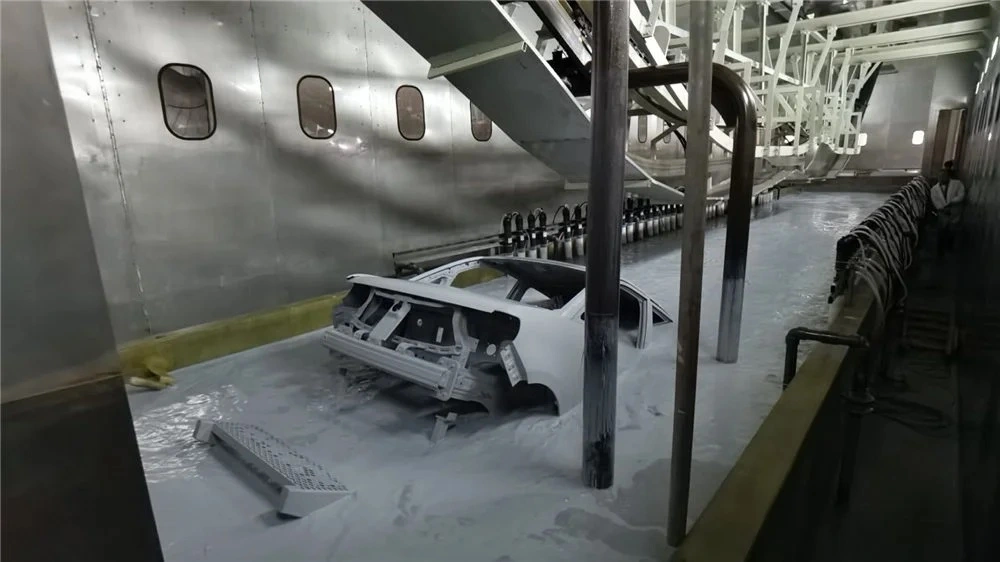
Applications in Various Industries
The conveyor curing oven is widely used across multiple sectors due to its adaptability and efficiency. In the automotive industry, it cures paint and coatings on vehicle parts, ensuring durability and a flawless finish. Electronics manufacturers rely on conveyor curing ovens to solder components or cure protective coatings on circuit boards, preventing damage from moisture and heat. In the food and beverage sector, these ovens bake, dry, or toast products like snacks and bread, maintaining hygiene and consistency. The aerospace and composite industries use conveyor curing ovens to process advanced materials, such as carbon fiber, which require precise temperature control for strength and lightweight properties. Even in woodworking and furniture making, a conveyor curing oven accelerates the drying of finishes and adhesives. This broad applicability stems from the oven's ability to handle diverse materials and processes, making the conveyor curing oven a versatile asset. By integrating a conveyor curing oven into their lines, companies can scale production, reduce cycle times, and maintain high quality standards across batches.
Key Benefits of Using a Conveyor Curing Oven
Implementing a conveyor curing oven offers numerous advantages that drive operational success. First, it enhances productivity through continuous processing, eliminating the need for batch handling and reducing downtime. This leads to higher throughput and faster turnaround times. Second, a conveyor curing oven ensures consistent product quality by maintaining uniform temperatures and controlled environments, minimizing variations and defects. Energy efficiency is another significant benefit, as modern conveyor curing ovens are designed with heat recovery systems and insulation to lower utility costs. Safety is also improved, with features like automated shut-offs and ventilation reducing human exposure to high temperatures and fumes. Moreover, the scalability of a conveyor curing oven allows businesses to easily expand production without major overhauls. Overall, investing in a conveyor curing oven can result in cost savings, improved compliance with industry standards, and a competitive edge in the market. These benefits make the conveyor curing oven an indispensable tool for any high-volume manufacturing operation.
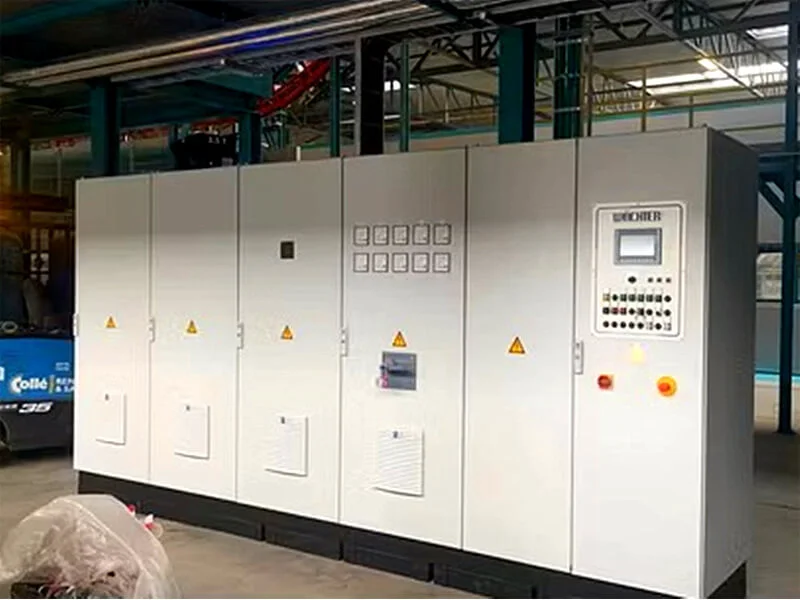
Essential Components and How They Work
A conveyor curing oven comprises several key components that work together to achieve efficient thermal processing. The conveyor system itself is the backbone, typically made of heat-resistant materials like steel or mesh, which moves products through the oven. Heating elements, such as electric heaters, gas burners, or infrared emitters, generate the required temperatures, often regulated by thermocouples and controllers for precision. Air circulation systems, including fans and ducts, ensure even heat distribution, preventing hot spots and ensuring thorough curing. Insulation layers, often composed of mineral wool or ceramic fiber, retain heat within the chamber, improving energy efficiency. Control panels with touchscreen interfaces allow operators to set parameters like temperature, speed, and cycle times, often integrating with IoT for remote monitoring. Exhaust systems manage fumes and vapors, maintaining a safe work environment. In operation, products enter the conveyor curing oven, pass through pre-heat, cure, and cooling zones if applicable, and exit ready for the next stage. This coordinated functionality makes the conveyor curing oven a reliable and automated solution for industrial curing needs.
Tips for Optimal Operation and Maintenance
To maximize the lifespan and performance of a conveyor curing oven, proper operation and maintenance are crucial. Start by following manufacturer guidelines for temperature settings and conveyor speeds to avoid overcuring or undercuring. Regularly inspect and clean the conveyor belt to prevent buildup that could cause jams or uneven heating. Check heating elements and sensors for wear, replacing them as needed to maintain accuracy. Lubricate moving parts, such as bearings and chains, to reduce friction and extend component life. Monitor airflow and ventilation systems to ensure they are free of obstructions, which can affect temperature uniformity. Schedule routine maintenance, including calibration of controls and insulation checks, to prevent unexpected downtime. Training operators on safe practices and troubleshooting can also enhance efficiency. By adhering to these tips, a conveyor curing oven will deliver consistent results, reduce energy consumption, and lower long-term costs, ensuring it remains a valuable asset in your production line.
In summary, the conveyor curing oven is a multifaceted piece of equipment that drives efficiency, quality, and scalability in industrial processes. From its basic operation to its diverse applications and benefits, understanding these five key aspects can help businesses make informed decisions. Whether you're looking to upgrade existing systems or implement new ones, a conveyor curing oven offers a reliable solution for continuous thermal processing. By focusing on proper maintenance and customization, you can harness its full potential to stay ahead in a competitive market.
Frequently Asked Questions
Q1: What is a conveyor curing oven used for?
A1: A conveyor curing oven is used for heat-treating products in a continuous process, such as curing coatings, drying materials, or baking items. It ensures uniform temperature application across various industries, including automotive, electronics, and food production, to enhance product quality and production speed.
Q2: How does a conveyor curing oven differ from a batch oven?
A2: Unlike a batch oven, which processes products in discrete loads, a conveyor curing oven operates continuously, moving items through a heated chamber on a conveyor belt. This allows for higher throughput, reduced handling, and more consistent results, making it ideal for large-scale manufacturing.
Q3: What types of products can be processed in a conveyor curing oven?
A3: A conveyor curing oven can handle a wide range of products, including metal parts with powder coatings, electronic components, food items like baked goods, composites, and rubber products. Its versatility depends on the oven's design and temperature capabilities.
Q4: How energy-efficient is a conveyor curing oven?
A4: Modern conveyor curing ovens are designed for high energy efficiency, featuring insulation, heat recovery systems, and precise controls to minimize waste. This can lead to significant cost savings on utilities compared to older models or alternative methods.
Q5: What maintenance is required for a conveyor curing oven?
A5: Regular maintenance for a conveyor curing oven includes cleaning the conveyor belt, inspecting and replacing heating elements, lubricating moving parts, checking airflow systems, and calibrating controls. Scheduled upkeep helps prevent downtime and ensures consistent performance.


